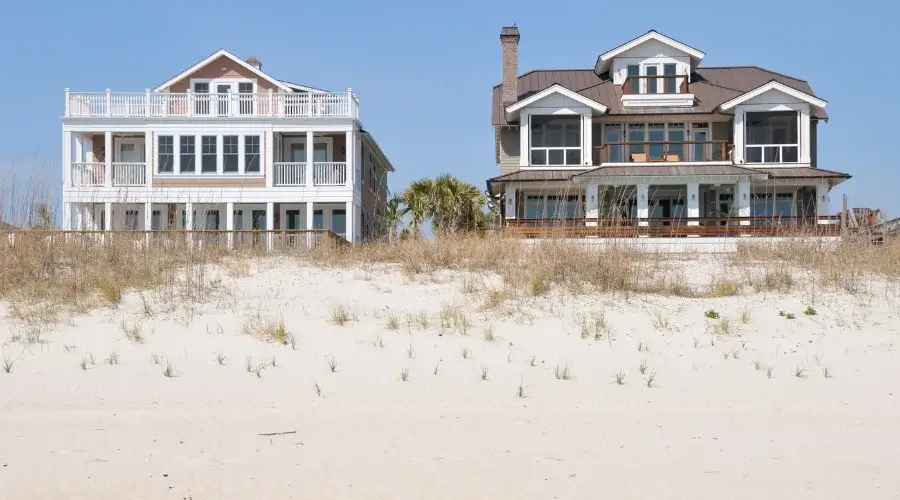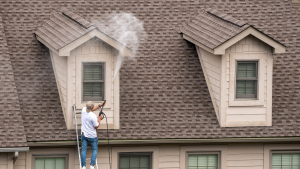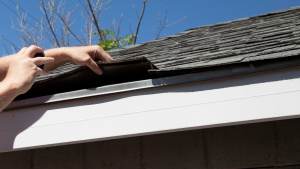Because of its durability and aesthetic appeal, stucco has been a popular exterior coating for houses and structures for generations. However, in areas with varying temperatures, the issue of whether painted stucco is more weather-resistant emerges. In this blog article, we’ll look at the what, how, and why of painted stucco’s weather resistance, with examples to assist you in making an educated selection for your home. Explore the expertise of Jersey Shore Stucco. Elevate the beauty and longevity of your stucco home!
What is Stucco?
Stucco is a versatile building material made from cement, sand, and lime. It is applied in layers over a lath framework, creating a durable and visually pleasing finish. Stucco is renowned for its ability to withstand various weather conditions, making it a popular choice for residential and commercial properties.
How is Stucco Applied?
Stucco application involves several steps, including preparing the substrate, applying a scratch coat, adding a brown coat, and finishing with a textured topcoat. The finishing coat can be left natural or painted, depending on the homeowner’s preference and the region’s specific climate.
Why Paint Stucco?
Painting stucco is not only a design choice but also a practical one, especially in climates with extreme weather conditions. The paint adds another layer of protection against moisture, UV rays, and temperature variations, all of which may influence the stucco’s long-term durability.
Examples of Painted Stucco’s Weather Resistance
- Moisture Resistance: In humid climates, painted stucco is a barrier, preventing moisture from leaking into the stucco layers. This helps to avoid problems like mold development and water damage.
- UV Protection: Stucco can be susceptible to fading and discoloration due to prolonged exposure to sunlight. Painting stucco with high-quality exterior paint protects it. UV rays are protected, ensuring the color stays vivid over time.
- Temperature Fluctuations: In regions with temperature extremes, the expansion and contraction of stucco can lead to cracks. Painted stucco provides an added layer of flexibility, reducing the likelihood of cracks and ensuring the integrity of the finish.
In the realm of stucco finishes, the decision to paint or not often comes down to the region’s specific climate. While natural stucco is durable, painted stucco offers extra protection against the elements. From resisting moisture to providing UV protection and minimizing cracks due to temperature fluctuations, the benefits of painted stucco in diverse climates are evident. Whether you opt for the natural charm of untreated stucco or the enhanced weather resistance of painted stucco, the key is to make an informed decision that aligns with your climate and aesthetic preferences.




